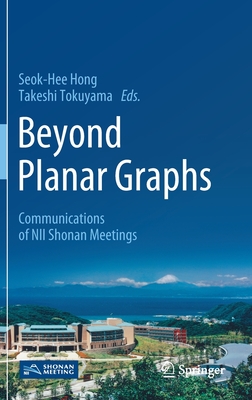Dictionary Learning in Visual Computing (Synthesis Lectures on Image, Video, & Multimedia Processing)
暫譯: 視覺計算中的字典學習(影像、視頻與多媒體處理綜合講座)
Qiang Zhang, Baoxin Li
- 出版商: Morgan & Claypool
- 出版日期: 2015-05-01
- 售價: $2,250
- 貴賓價: 9.5 折 $2,138
- 語言: 英文
- 頁數: 133
- 裝訂: Paperback
- ISBN: 1627057773
- ISBN-13: 9781627057776
海外代購書籍(需單獨結帳)
相關主題
商品描述
The last few years have witnessed fast development on dictionary learning approaches for a set of visual computing tasks, largely due to their utilization in developing new techniques based on sparse representation. Compared with conventional techniques employing manually defined dictionaries, such as Fourier Transform and Wavelet Transform, dictionary learning aims at obtaining a dictionary adaptively from the data so as to support optimal sparse representation of the data. In contrast to conventional clustering algorithms like K-means, where a data point is associated with only one cluster center, in a dictionary-based representation, a data point can be associated with a small set of dictionary atoms. Thus, dictionary learning provides a more flexible representation of data and may have the potential to capture more relevant features from the original feature space of the data. One of the early algorithms for dictionary learning is K-SVD. In recent years, many variations/extensions of K-SVD and other new algorithms have been proposed, with some aiming at adding discriminative capability to the dictionary, and some attempting to model the relationship of multiple dictionaries. One prominent application of dictionary learning is in the general field of visual computing, where long-standing challenges have seen promising new solutions based on sparse representation with learned dictionaries. With a timely review of recent advances of dictionary learning in visual computing, covering the most recent literature with an emphasis on papers after 2008, this book provides a systematic presentation of the general methodologies, specific algorithms, and examples of applications for those who wish to have a quick start on this subject.
商品描述(中文翻譯)
近幾年來,字典學習方法在一系列視覺計算任務中迅速發展,這主要歸功於其在基於稀疏表示的新技術開發中的應用。與傳統的手動定義字典技術(如傅立葉變換和小波變換)相比,字典學習旨在從數據中自適應地獲取字典,以支持數據的最佳稀疏表示。與傳統的聚類算法(如 K-means)不同,在這些算法中,數據點僅與一個聚類中心相關聯,而在基於字典的表示中,數據點可以與一小組字典原子相關聯。因此,字典學習提供了更靈活的數據表示,並可能有潛力從數據的原始特徵空間中捕捉到更多相關特徵。字典學習的早期算法之一是 K-SVD。近年來,許多 K-SVD 的變體/擴展和其他新算法被提出,其中一些旨在為字典添加區分能力,而另一些則試圖建模多個字典之間的關係。字典學習的一個顯著應用是在視覺計算的廣泛領域,這裡長期存在的挑戰已經看到了基於學習字典的稀疏表示的新解決方案。這本書及時回顧了視覺計算中字典學習的最新進展,涵蓋了2008年以後的最新文獻,系統地介紹了通用方法論、具體算法和應用示例,旨在幫助希望快速入門該主題的讀者。





















